The Office That Forgot How to Be Boring
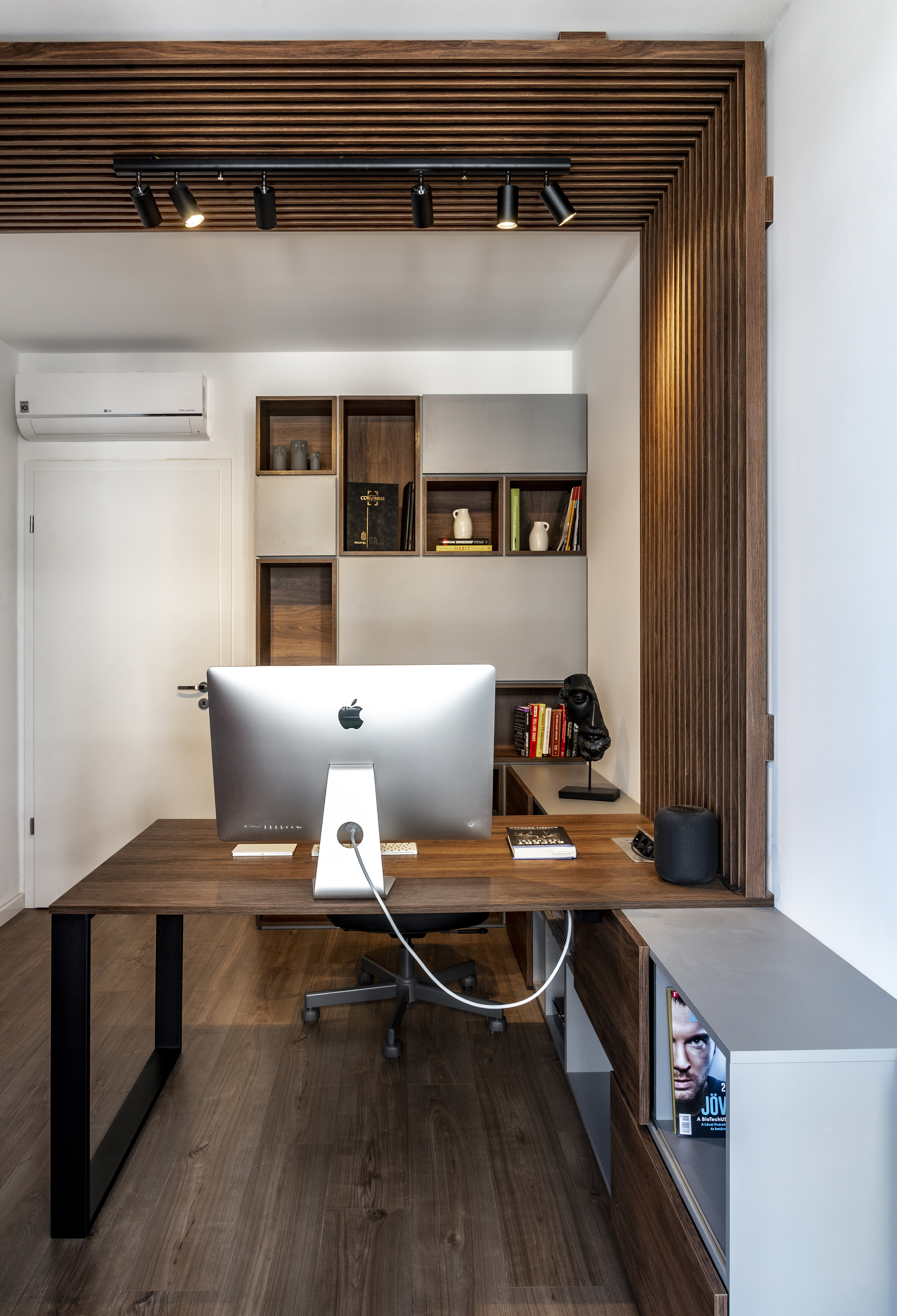
Dynamic main workspace
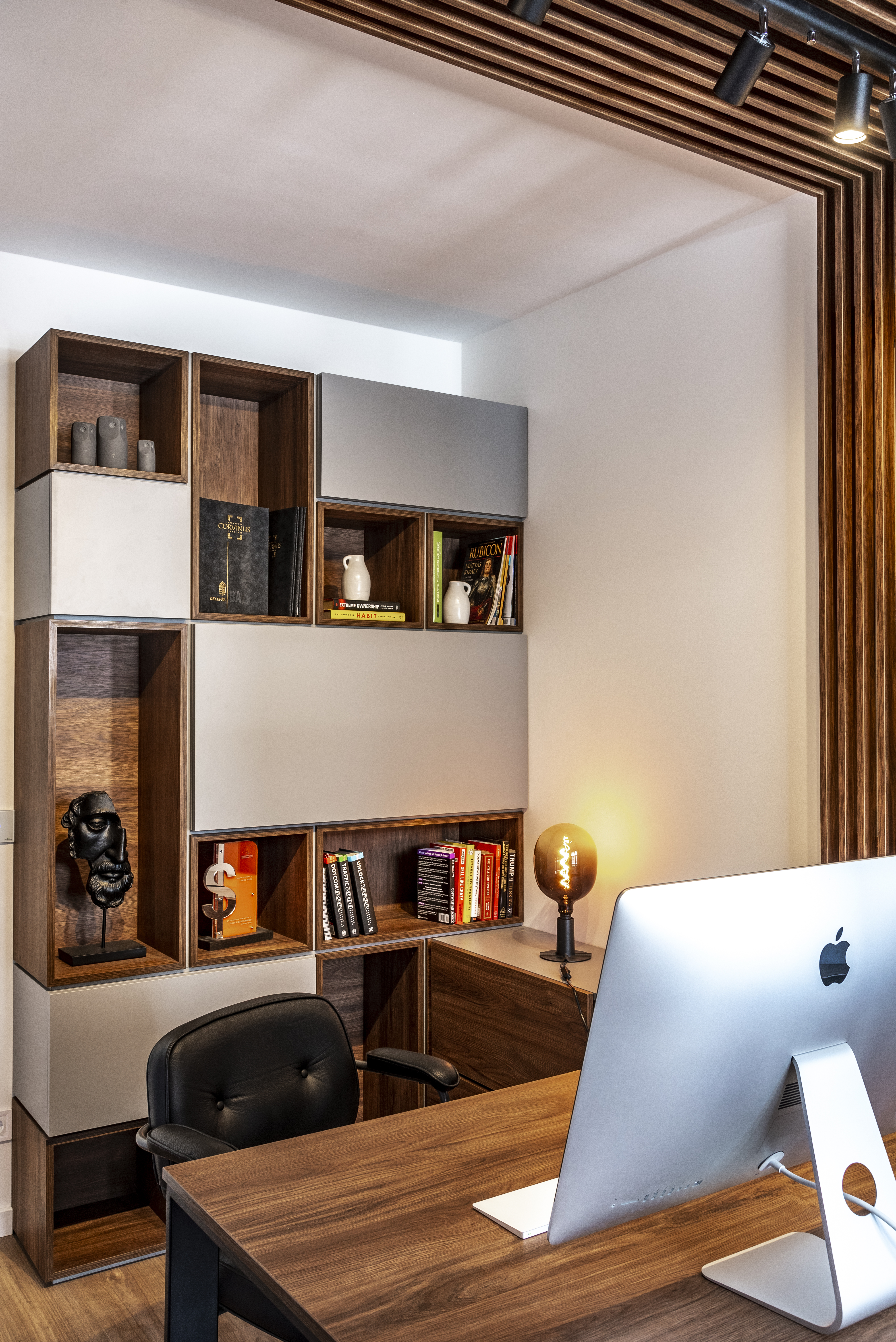
The famous "thinking room"
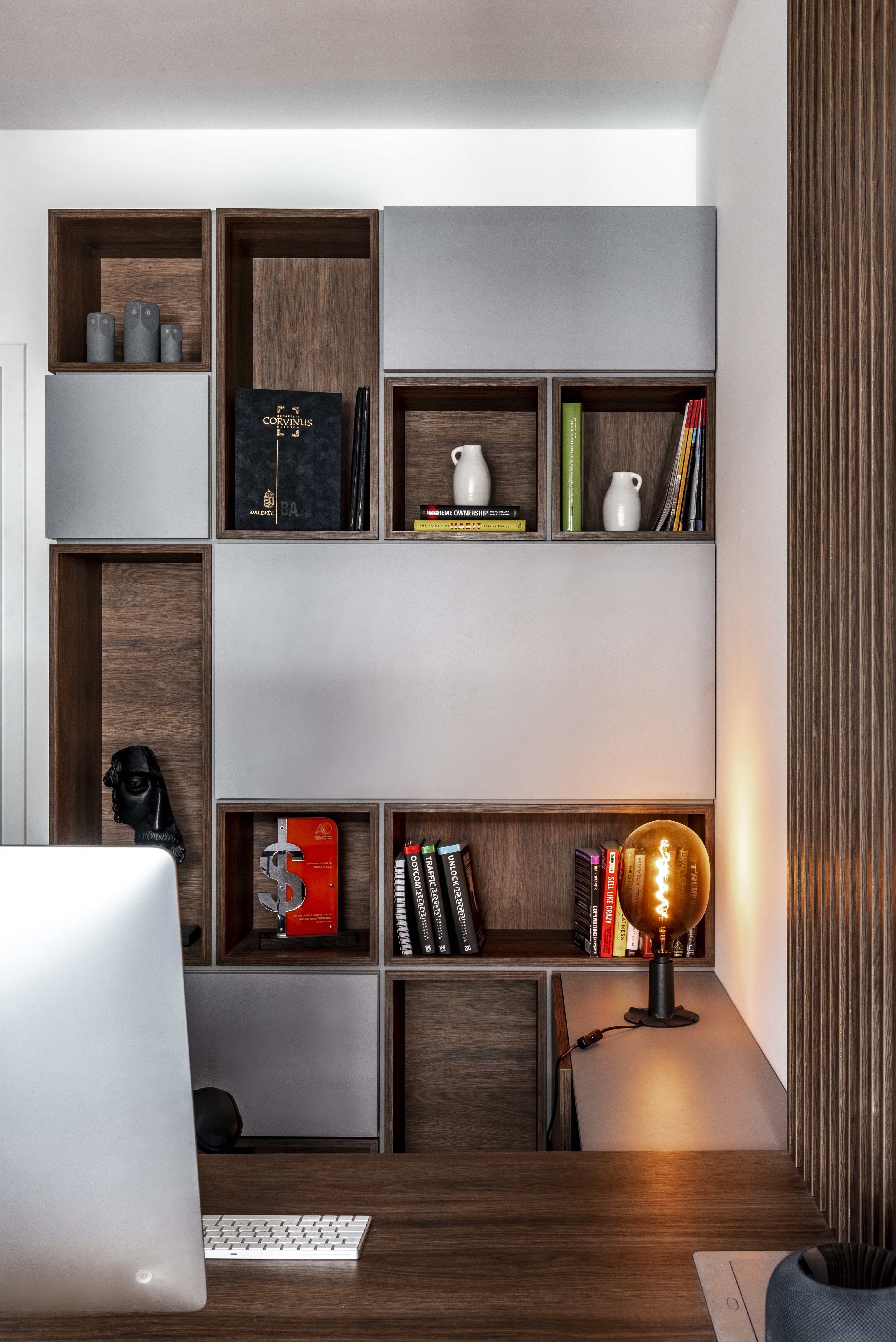
Social kitchen hub
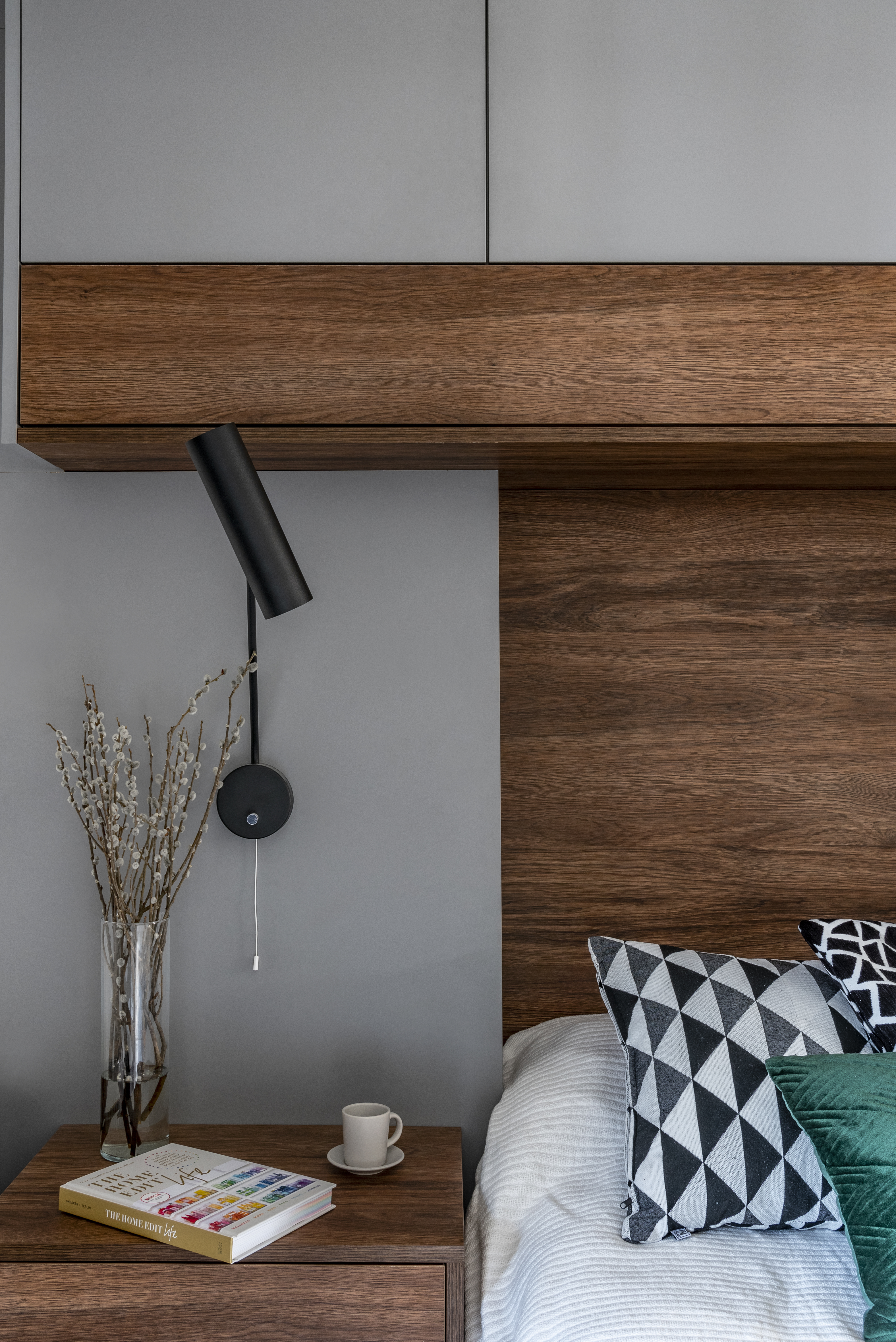
Flexible meeting space
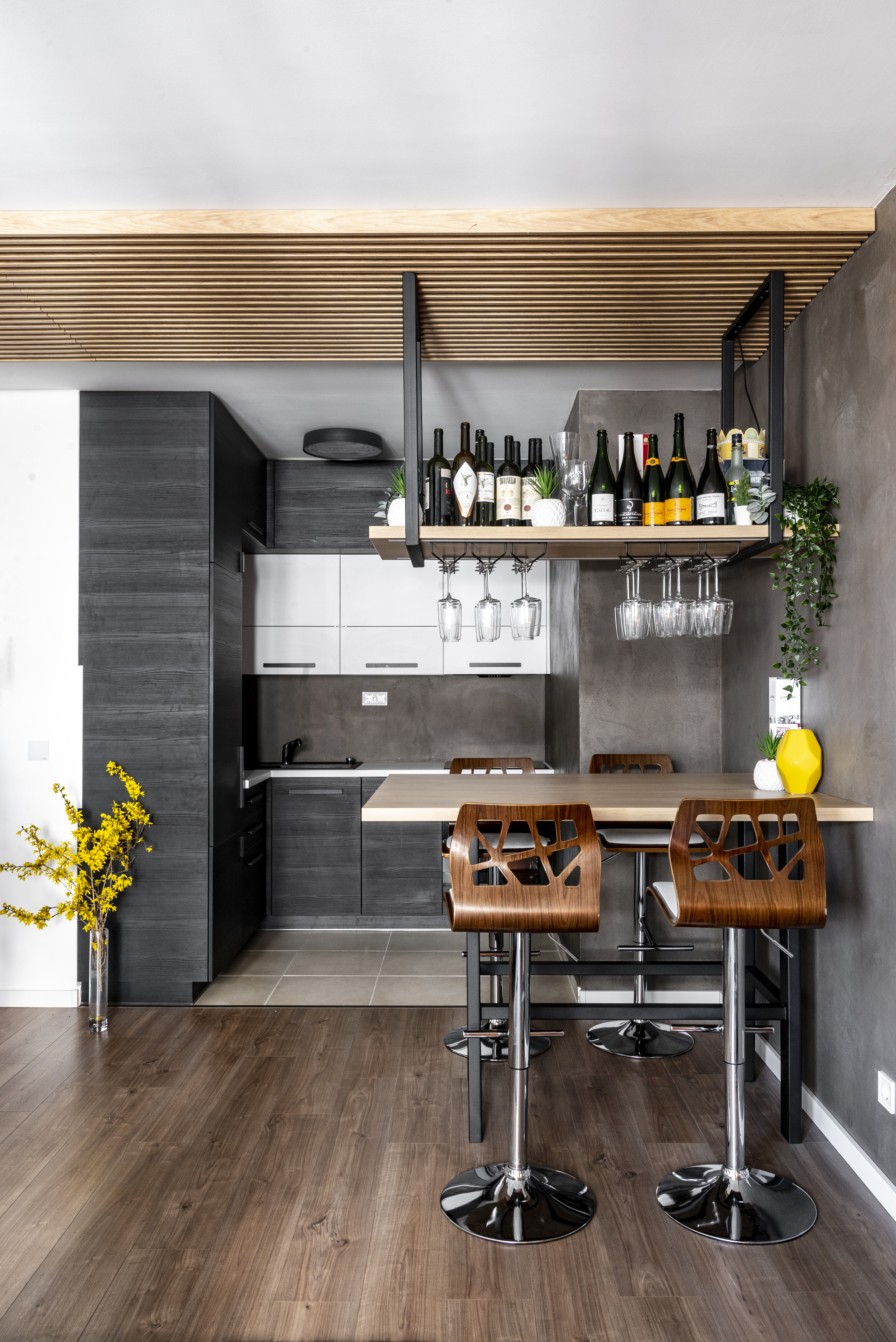
Focus zone for deep work
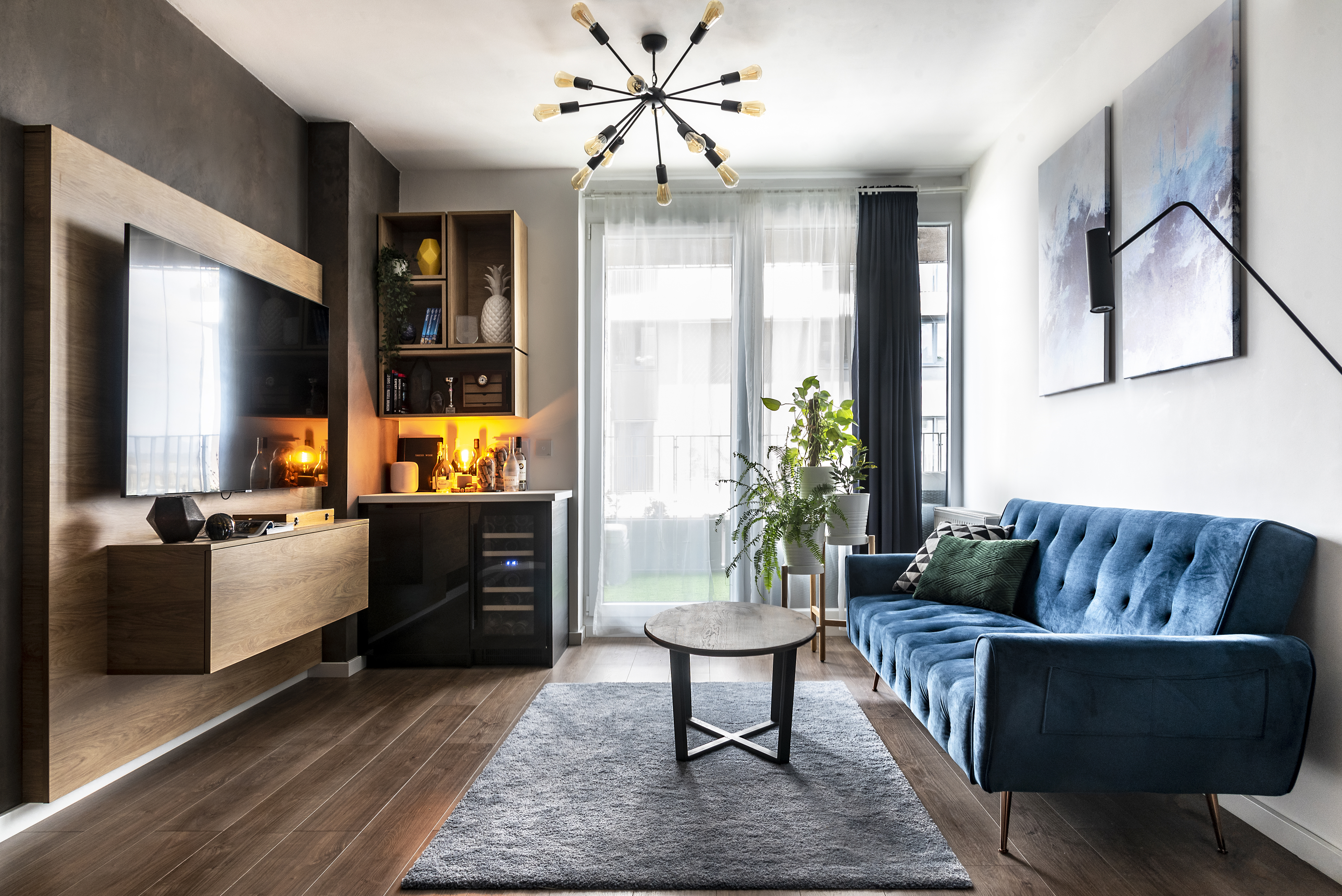
Playful design details
"I hate offices."
That's how Gábor introduced himself. Standing in the empty space that would become his company's headquarters, arms crossed, skepticism written across his face. "They're where creativity goes to die."
Challenge accepted.
What makes an office more than an office? It's not the ergonomic chairs or the latest technology. It's the feeling you get when you walk through the door. The spark that ignites when minds meet. The comfort of a space that understands the rhythm of creation – intense focus followed by explosive collaboration.
We started by forgetting everything we knew about offices. No cubicles. No corporate gray. No fluorescent nightmares. Instead, we asked: What if your office felt like your favorite coffee shop, your living room, and a modern art gallery had a brilliant child?
The main workspace became a landscape of possibilities. Standing desks that convert to high tables for impromptu meetings. Soft seating areas tucked into corners like secret gardens. A kitchen that wouldn't look out of place in a design magazine, because great ideas often start over great coffee.
But my favorite touch? The "thinking room." A small space with walls covered in whiteboard paint, filled with nothing but bean bags and dreams. "It's where we go to be stupid," Gábor told me months later, grinning. "Our best ideas were born in that room."
Color played the starring role. Deep blues for focus, energetic yellows for creativity, calming greens for those moments when you need to breathe. Each zone had its own personality, its own purpose.
The result? An office that doesn't feel like an office. A space where Monday mornings are met with anticipation, not dread. Where late nights feel like adventures, not obligations.
"My team doesn't want to work from home anymore," Gábor confided during our final walkthrough. "They actually fight over who gets to come in on weekends."
I'd say we succeeded in making an office that forgot how to be boring.
We measure productivity differently now. Not in hours logged, but in ideas sparked. The space itself became our best team member.
— Gábor Rácz, CEO
Key Features
Zone-Based Design
Different areas for different modes of work and collaboration
Convertible Furniture
Desks and tables that adapt to changing needs throughout the day
Whiteboard Walls
Every surface becomes a canvas for ideas and innovation
Biophilic Elements
Plants and natural materials to boost creativity and wellbeing